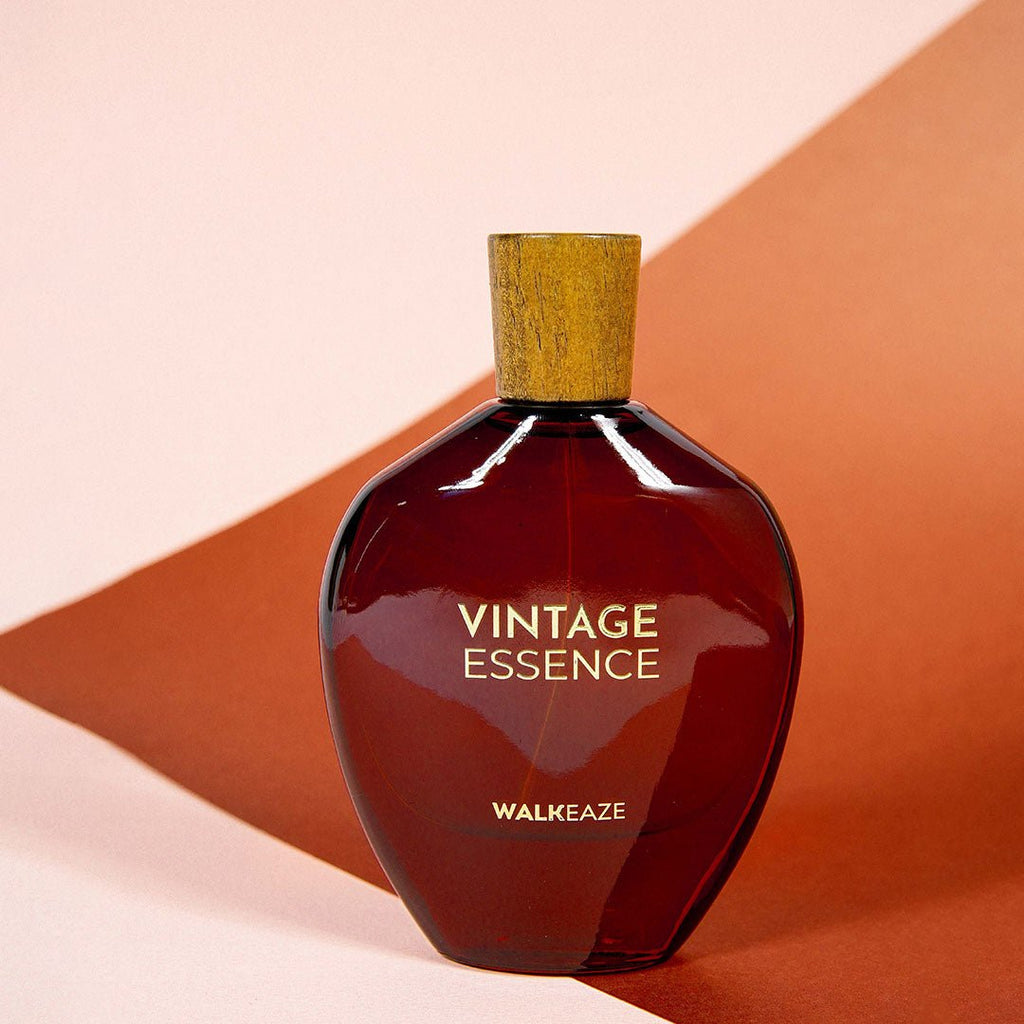The Evolution of Parfum: From Ancient Scents to Modern Fragrances
Posted by SHAHZAIB SHAHZAD

Parfum, a term that evokes luxury and sophistication, has a rich history that dates back thousands of years. From the sacred rituals of ancient civilizations to the refined boutiques of today, the evolution of parfum reflects cultural shifts, technological advancements, and human creativity. In this article, we will explore how the art of fragrance has transformed over the centuries, leading us to the diverse world of scents we enjoy today.
Ancient Beginnings
The roots of parfum can be traced back to ancient civilizations such as Egypt, Mesopotamia, and China. The Egyptians are well-known for their elaborate use of scents in religious and funerary practices. They used essential oils and resins, like myrrh and frankincense, to create fragrances that were believed to appease the gods and honor the deceased. These early forms of parfum were made from natural ingredients, meticulously gathered and blended by skilled artisans.
From East to West: The Spread of Fragrance
As trade routes expanded, the art of parfum evolved beyond its Egyptian origins. The Phoenicians, known for their maritime trading prowess, spread aromatic substances throughout the Mediterranean. By the time of the Greeks and Romans, parfum was not only a luxury but also a social symbol. Greeks began developing their own fragrances, while Romans used scents in their baths, further embedding parfum into daily life.
The Renaissance: A Flourishing Era for Fragrance
The Renaissance marked a pivotal period in the history of parfum. With the rediscovery of classical knowledge, fragrance-making became an esteemed craft. The introduction of alcohol as a base, particularly distilled spirits, revolutionized the creation of parfum. The first modern perfumeries emerged in cities like Florence and Grasse, France, which is still renowned today as the world capital of parfum. This era saw the emergence of signature scents that encapsulated the artistry and innovation of the time.
The 19th Century and the Birth of Modern Fragrances
The 19th century was a turning point in the world of parfum. The Industrial Revolution ushered in a new age of chemistry, allowing perfumers to synthesize scents and create unique, consistent fragrances. This period saw the introduction of iconic scents, such as Eau de Cologne and the first floral perfumes, which became immensely popular. Fragrance houses began to emerge, establishing brands that are still household names today.
The Contemporary Fragrance Landscape
In the 20th century, parfum transitioned into a multi-billion dollar global industry. The introduction of celebrity fragrances, designer collaborations, and niche brands has led to an explosion of choices for consumers. Today, parfum is not just a personal accessory; it is a form of self-expression. With advancements in technology, fragrance development has become more intricate, leading to endless possibilities in scent creation.
Conclusion: The Future of Parfum
As we look to the future, the evolution of parfum continues to be influenced by trends in sustainability and natural ingredients. Modern consumers are increasingly seeking eco-friendly options, leading to a resurgence in artisanal perfume making. From its sacred origins to modern interpretations, the journey of parfum reflects the timeless human desire to capture emotions and memories through scent. For more insights into contemporary fragrance trends, visit walkeaze.com.




